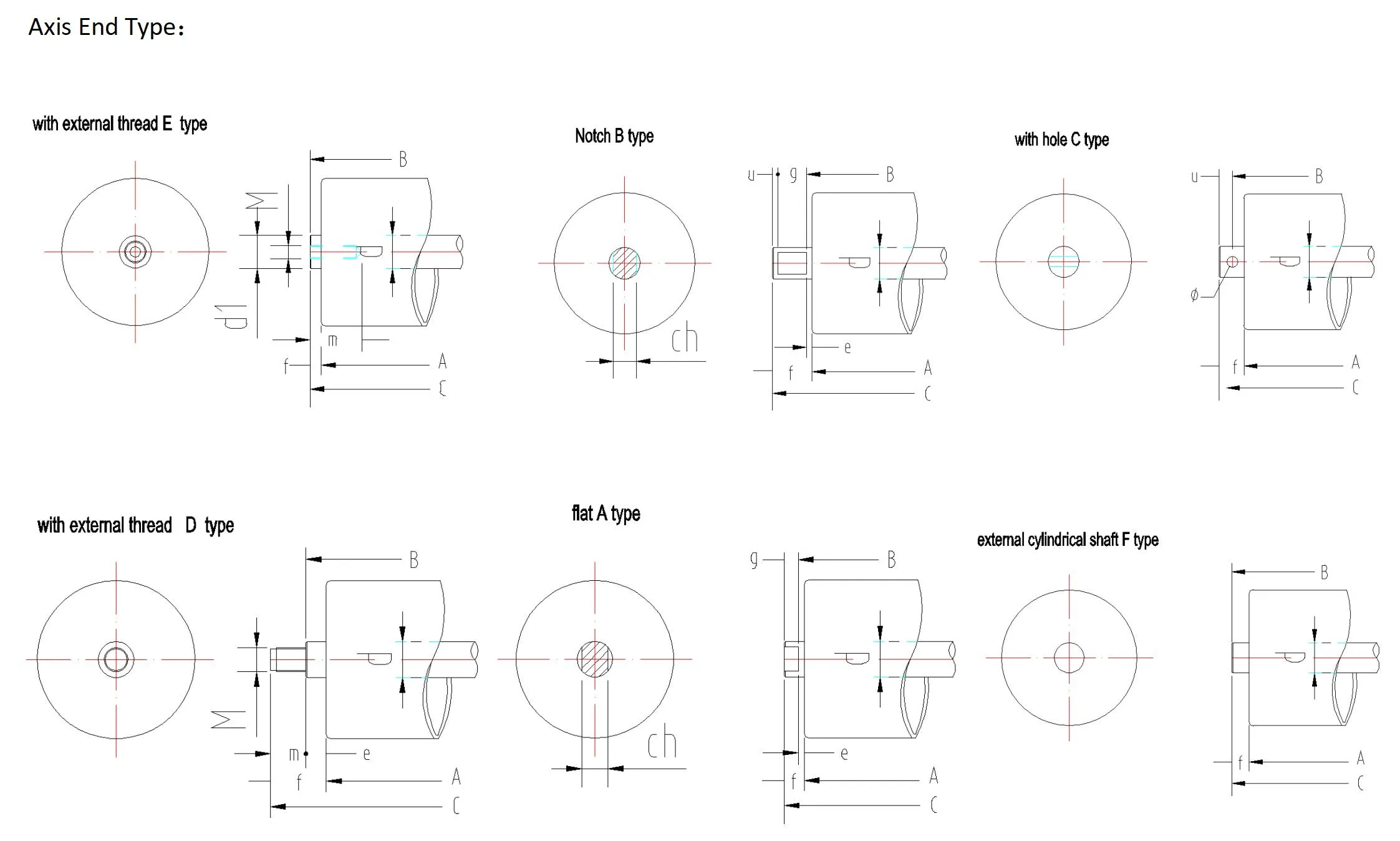 Afrikaans
Afrikaans  Albanian
Albanian  Amharic
Amharic  Arabic
Arabic  Armenian
Armenian  Azerbaijani
Azerbaijani  Basque
Basque  Belarusian
Belarusian  Bengali
Bengali  Bosnian
Bosnian  Bulgarian
Bulgarian  Catalan
Catalan  Cebuano
Cebuano  Corsican
Corsican  Croatian
Croatian  Czech
Czech  Danish
Danish  Dutch
Dutch  English
English  Esperanto
Esperanto  Estonian
Estonian  Finnish
Finnish  French
French  Frisian
Frisian  Galician
Galician  Georgian
Georgian  German
German  Greek
Greek  Gujarati
Gujarati  Haitian Creole
Haitian Creole  hausa
hausa  hawaiian
hawaiian  Hebrew
Hebrew  Hindi
Hindi  Miao
Miao  Hungarian
Hungarian  Icelandic
Icelandic  igbo
igbo  Indonesian
Indonesian  irish
irish  Italian
Italian  Japanese
Japanese  Javanese
Javanese  Kannada
Kannada  kazakh
kazakh  Khmer
Khmer  Rwandese
Rwandese  Korean
Korean  Kurdish
Kurdish  Kyrgyz
Kyrgyz  Lao
Lao  Latin
Latin  Latvian
Latvian  Lithuanian
Lithuanian  Luxembourgish
Luxembourgish  Macedonian
Macedonian  Malgashi
Malgashi  Malay
Malay  Malayalam
Malayalam  Maltese
Maltese  Maori
Maori  Marathi
Marathi  Mongolian
Mongolian  Myanmar
Myanmar  Nepali
Nepali  Norwegian
Norwegian  Norwegian
Norwegian  Occitan
Occitan  Pashto
Pashto  Persian
Persian  Polish
Polish  Portuguese
Portuguese  Punjabi
Punjabi  Romanian
Romanian  Russian
Russian  Samoan
Samoan  Scottish Gaelic
Scottish Gaelic  Serbian
Serbian  Sesotho
Sesotho  Shona
Shona  Sindhi
Sindhi  Sinhala
Sinhala  Slovak
Slovak  Slovenian
Slovenian  Somali
Somali  Spanish
Spanish  Sundanese
Sundanese  Swahili
Swahili  Swedish
Swedish  Tagalog
Tagalog  Tajik
Tajik  Tamil
Tamil  Tatar
Tatar  Telugu
Telugu  Thai
Thai  Turkish
Turkish  Turkmen
Turkmen  Ukrainian
Ukrainian  Urdu
Urdu  Uighur
Uighur  Uzbek
Uzbek  Vietnamese
Vietnamese  Welsh
Welsh  Bantu
Bantu  Yiddish
Yiddish  Yoruba
Yoruba  Zulu
Zulu Conveyor System Roller Drives for Efficient Material Handling Solutions
Understanding Conveyor Belt Drive Rollers
Conveyor systems are crucial in various industries, facilitating the movement of materials from one point to another efficiently. A vital component of these systems is the conveyor belt drive roller, which plays an essential role in ensuring the smooth operation of conveyor belts. This article delves into the significance, functionality, and types of drive rollers used in conveyor systems, as well as their maintenance.
The Importance of Drive Rollers
Drive rollers are particularly significant because they are the primary mechanism that powers the movement of the conveyor belt. These rollers are typically positioned at the head or tail of the conveyor system and are responsible for moving the belt forward. A properly functioning drive roller ensures that the conveyor system operates efficiently, minimizing downtime caused by mechanical failures. In industries such as manufacturing, warehousing, and logistics, where the transport of heavy materials is routine, reliable conveyor systems equipped with quality drive rollers are indispensable.
Functionality of Drive Rollers
The primary function of drive rollers is to provide the necessary traction to move the conveyor belt. They achieve this by creating friction between the roller surface and the belt. When the roller turns, it pulls the belt forward, transporting materials along the conveyor system. The speed and torque generated by the drive roller directly influence the efficiency of the conveyor system. Moreover, drive rollers often have a larger diameter compared to idler rollers, which helps in distributing the load evenly and reducing wear on both the belt and rollers.
Furthermore, the design of the roller aids in the alignment and tensioning of the conveyor belt. Proper tensioning is crucial as it prevents slippage and ensures the belt moves smoothly along the rollers. Misalignment or improper tension can lead to increased wear and potential failure of both the belt and the drive components. Thus, maintaining the correct tension and alignment supported by the drive rollers is vital for optimal conveyor operation.
Types of Drive Rollers
Drive rollers come in various designs and materials, tailored to meet the specific requirements of different conveyor systems. Some common types include
conveyor belt drive rollers

1. Steel Drive Rollers Known for their durability and strength, steel rollers are suitable for heavy-duty applications. They can withstand high loads and harsh environments, making them ideal for manufacturing and mining industries.
2. Rubber-Coated Drive Rollers These rollers have a rubber surface that enhances friction and grip. They are particularly useful in applications where materials may be slippery, allowing for better control of the product being transported.
3. Plastic Drive Rollers Lightweight and resistant to corrosion, plastic rollers are often used in food processing and packaging industries. They offer a hygienic alternative and are easy to clean, which is essential in environments where cleanliness is paramount.
4. Heavy-Duty Drive Rollers Designed for high-capacity operations, these rollers can support substantial weight and are often used in areas where heavy items are transported continuously.
Maintenance of Drive Rollers
To ensure longevity and performance, routine maintenance of drive rollers is essential. Regular inspections should be conducted to check for signs of wear, misalignment, or damage. Lubrication is also important, as it minimizes friction between the roller and bearings, reducing operational noise and prolonging the lifespan of the components.
Additionally, monitoring the conveyor belt's tension helps prevent undue stress on the drive rollers. If the belt is too loose or too tight, it can lead to increased wear and potential failures. Implementing a regular maintenance schedule and adhering to manufacturer guidelines can help organizations avoid costly downtime and enhance the overall efficiency of their conveyor systems.
Conclusion
Conveyor belt drive rollers may seem like a small part of a larger system, but their importance cannot be overstated. They are vital for ensuring the smooth transportation of materials in various industries. By understanding their functionality, types, and the need for regular maintenance, businesses can optimize their conveyor operations, ensuring reliability and efficiency in their processes. Investing in quality drive rollers translates to improved productivity and can provide a significant return on investment over time.
-
Revolutionizing Conveyor Reliability with Advanced Rubber Lagging PulleysNewsJul.22,2025
-
Powering Precision and Durability with Expert Manufacturers of Conveyor ComponentsNewsJul.22,2025
-
Optimizing Conveyor Systems with Advanced Conveyor AccessoriesNewsJul.22,2025
-
Maximize Conveyor Efficiency with Quality Conveyor Idler PulleysNewsJul.22,2025
-
Future-Proof Your Conveyor System with High-Performance Polyurethane RollerNewsJul.22,2025
-
Driving Efficiency Forward with Quality Idlers and RollersNewsJul.22,2025





























